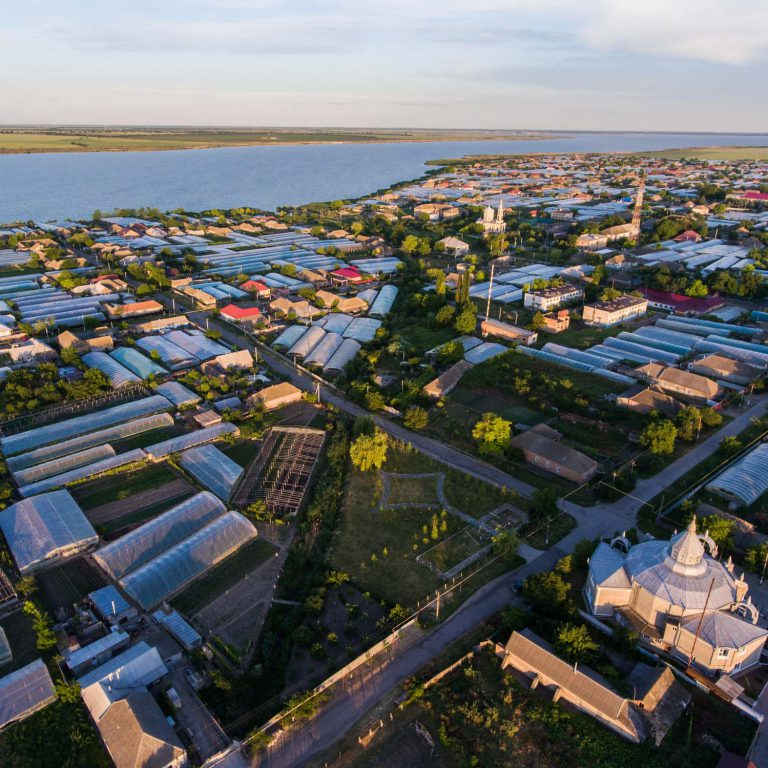Is it possible for the local economy to work according to 2+2=5 principle? Utkonosivka is one of the villages to the south of Bessarabia which proves that it is. Conducive climate, fresh water in a close vicinity and mutual cooperation contribute to Utkonosivka being one of the largest villages that produce tomatoes in Ukraine.
Cluster — unity for the sake of development
The issue of ensuring sustainable economic growth and high surplus value has been a hot topic for discussion in different parts of the world for quite some time. Cluster is one of the solutions to this problem.
The concept of “cluster” has been introduced by the economist Michael Porter. At the end of last century, he conducted a research to find out the reason why some regions were more successful than the others. With the research, he illustrated that competitive performance of the producer is defined by the capacity of its surrounding.
Thus, by one of the definitions, a cluster model constitutes a union of companies and enterprises based on their geographical location and a shared specialization. In this way, they compete and collaborate at the same time.
Napa Valley in California, USA, serves as a vivid example of a cluster. It is one of the great variety of American mountain valleys. This cluster encompasses nine towns with the population of about 125 000 people and is considered to be one of the top wine regions of the world.
It started in 1950s, when the owners of a couple of wineries met and came up with the idea of winemakers valley. A variety of successful managerial decisions have been made since then. Now, Napa Valley, referred to as the wine capital of the USA, is comprised of over 400 wineries, 100 hotels and restaurants. More than 3 million tourists visited it in 2014, having brought the 1,63 billion dollars income to the valley, not taking into account 3 billion dollars of annual income provided by wine export. A bottle of locally produced wine is 10 dollars more expensive compared to the identical wine produced in the neighbouring valleys of California. These are effects of development according to the cluster approach — when the final outcome exceeds the components sum.
Food Valley in the Netherlands is another example of a cluster. In the small region Gelderland near Wageningen city, a “valley” is a collaboration center of agro-business, education sector and innovational technologies development representatives. Wageningen University, which is believed to be the top agricultural university in the world, has become the core of the cluster.
It unites scientific laboratories, sixty corporations, manufacturers of equipment, fertilizers, plant protection agents, developers of production technologies and product safety, recycling of sewage water, production of bio-fuel, power-saving, IT and nanotechnologies. Thanks to this cluster, a country with the area that is 15 times less comparing to Ukraine, has a status of Europe’s “kitchen-garden” and has become the world’s second exporter of agricultural products. As for the Eastern Europe, there are local tourist clusters in Poland, namely “Honey and Milk Land” specializing in agrotourism. When it comes to Ukraine, there is a cluster specializing in berries in Snitkiv village, Podillia (Vinnytsia region), with the population of up to 700 people.
— Utkonosivka is a notable example of successful implementation of the cluster model in Bessarabia
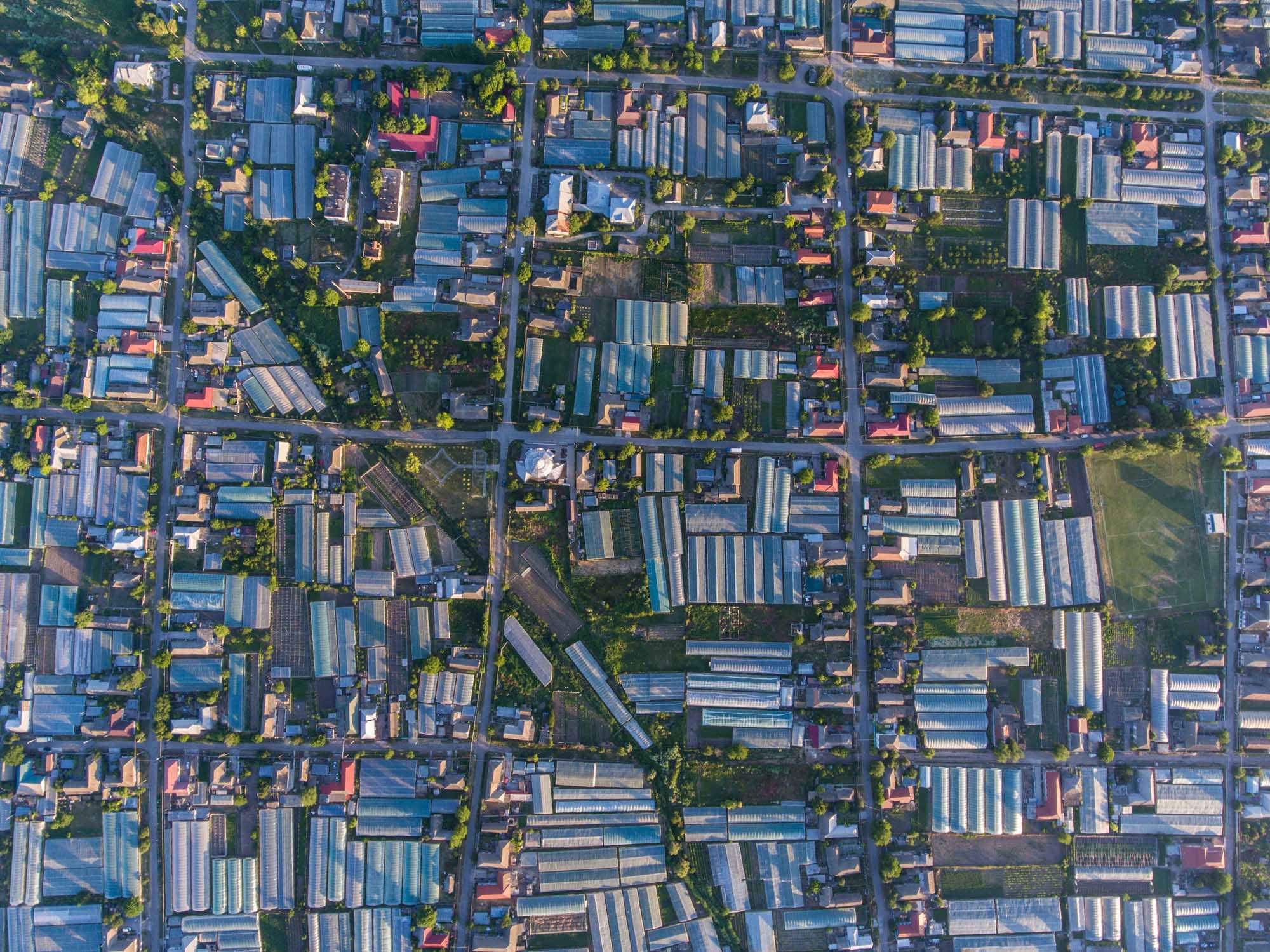
Utkonosivka
Utkonosivka village is located to the south of Bessarabia and close to the large Katlabukh Lake. This settlement was founded by peasants from Moldova back in the 18th century. It was called Ördek-Burnu (Turkish for “duck beak”) until 1947. Current name of the village occurred as a results of pun and translation wordplay.
The village is located 16 km away from the Danube and 50 km away from the Black Sea and Danube biosphere reserve. Utkonosivka is a home to almost four thousand people, and the majority are growing the vegetable crops: mostly tomatoes, some cabbage, pepper and cucumbers. One can hardly find at least one household without a greenhouse, although this trend did not proliferate to neighbouring villages. Tomatoes cluster is the only one here.
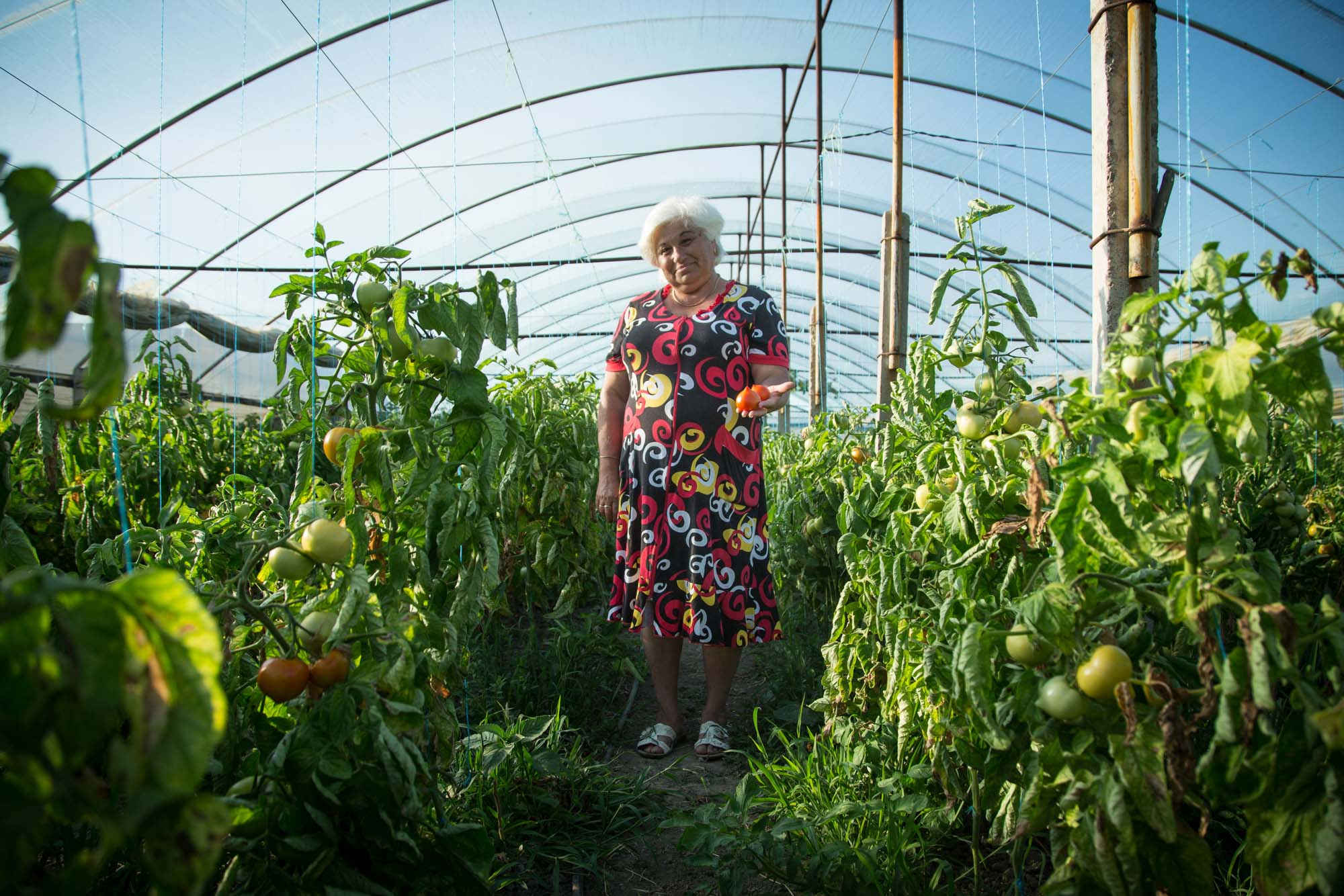
Halyna
Halyna Mykhailova — a local resident of Utkonosivka village — shows her greenhouse where they grow early-ripening tomatoes. In June, they have collected more than a half of the harvest already. There is also an early-ripening grapevine. These crops do not interfere with each other, as the grapevine does not come into leaf as long as tomatoes are growing.
The Mykhailovs greenhouse has heating facilities, which made it possible to plant first tomatoes as early as February 27 and to sell the first harvest in Odesa on May 9:
— One tomato would weigh up to 350-400 g or even 450 g. It was enormous. In Odesa, people did not want to buy it, because three tomatoes weighed up a kilogram!
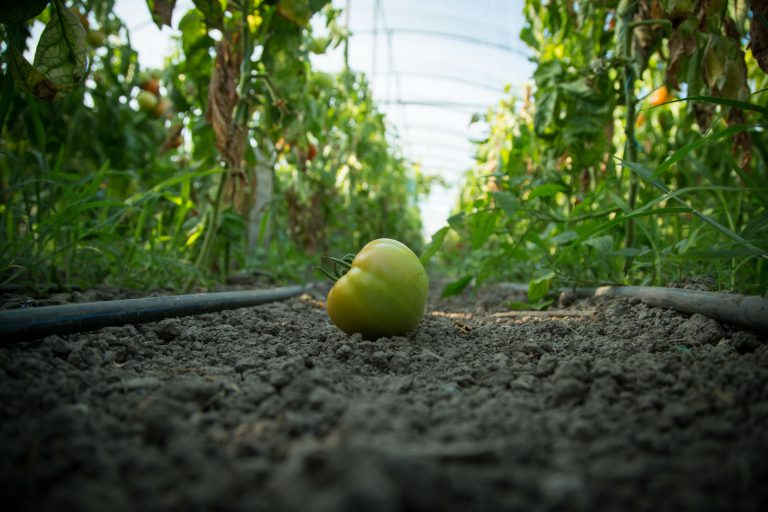
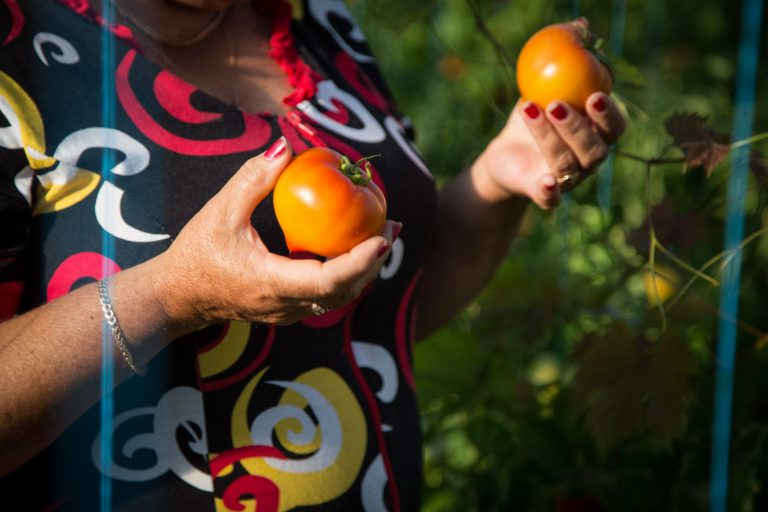
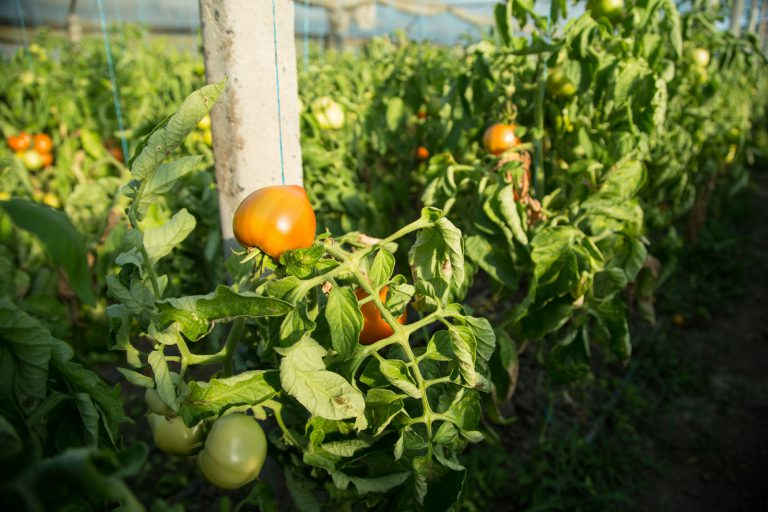
slideshow
However, you never know what may turn up. Halyna told that this year’s harvest was great, but last year a lot of large tomatoes started to rot. Nevertheless, she has no intention to count the precise number of tons of tomatoes being grown per year:
— As I remember, and I am already 55 years old, we have had greenhouses since my childhood. At the beginning — in 1960s — we would plant vegetables without greenhouses. Then people started to take advantage of the drinking water in the vicinity and began to plant tomatoes, pepper, eggplants, etc. and cover the plants. Initially, the greenhouses were made of wood, but later people started to use metallic constructions. This way is much better, as it allows more oxygen and sunlight — just what tomatoes need to grow.
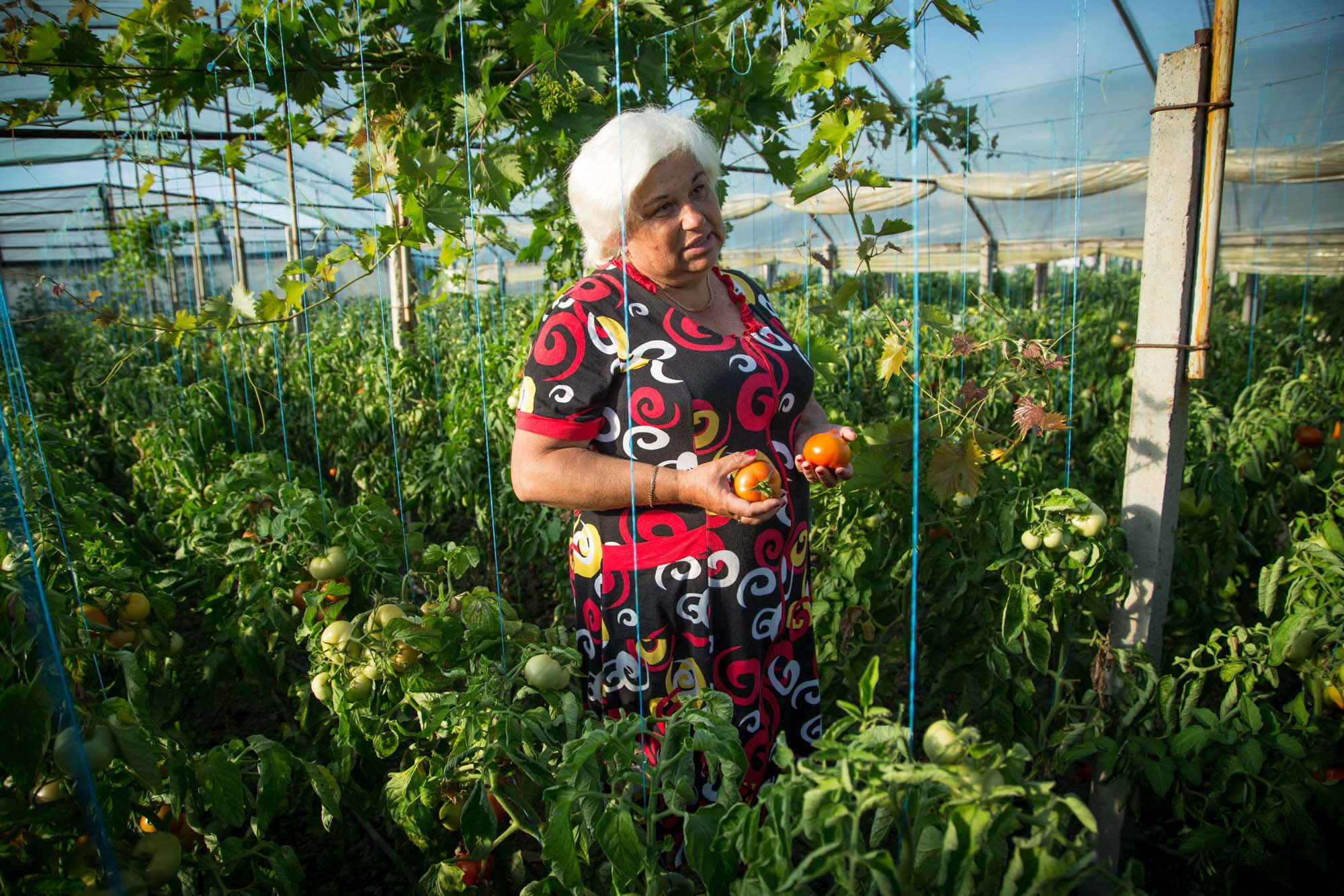
As Halyna told, there is barely a household without a greenhouse in Utkonosivka. Some of them contain five thousand of tomato bushes and some are large enough to fit as much as 20 thousand. All of them are grown for sale:
— Mostly, we sell our products in Odesa. To sell it at Pryvoz, you need to pay 600-700 hryvnias for the selling spot. Moreover, regardless of the amount of products, you have to pay the same sum the next day. I do not know why it has to be so. In other cities of Ukraine, you can have your spot until you are sold out.
The owners bring their products to the market on their own, as they have to sell from 20 up to 100 boxes of vegetables. “Prymadonna” (Prima donna) kind of tomatoes is the most popular choice for growing. It takes its origin from Prydnistrovia:
— The distinctive feature of this kind of tomatoes is a pimple on the surface which resembles a nose. By the way, this kind of tomatoes enjoys great popularity in Ukraine, especially in Odesa. At Pryvoz (local market — ed.), you can see signs saying “Utkonosivka, Prymadonna”. It has a very tasty sweet flavor.
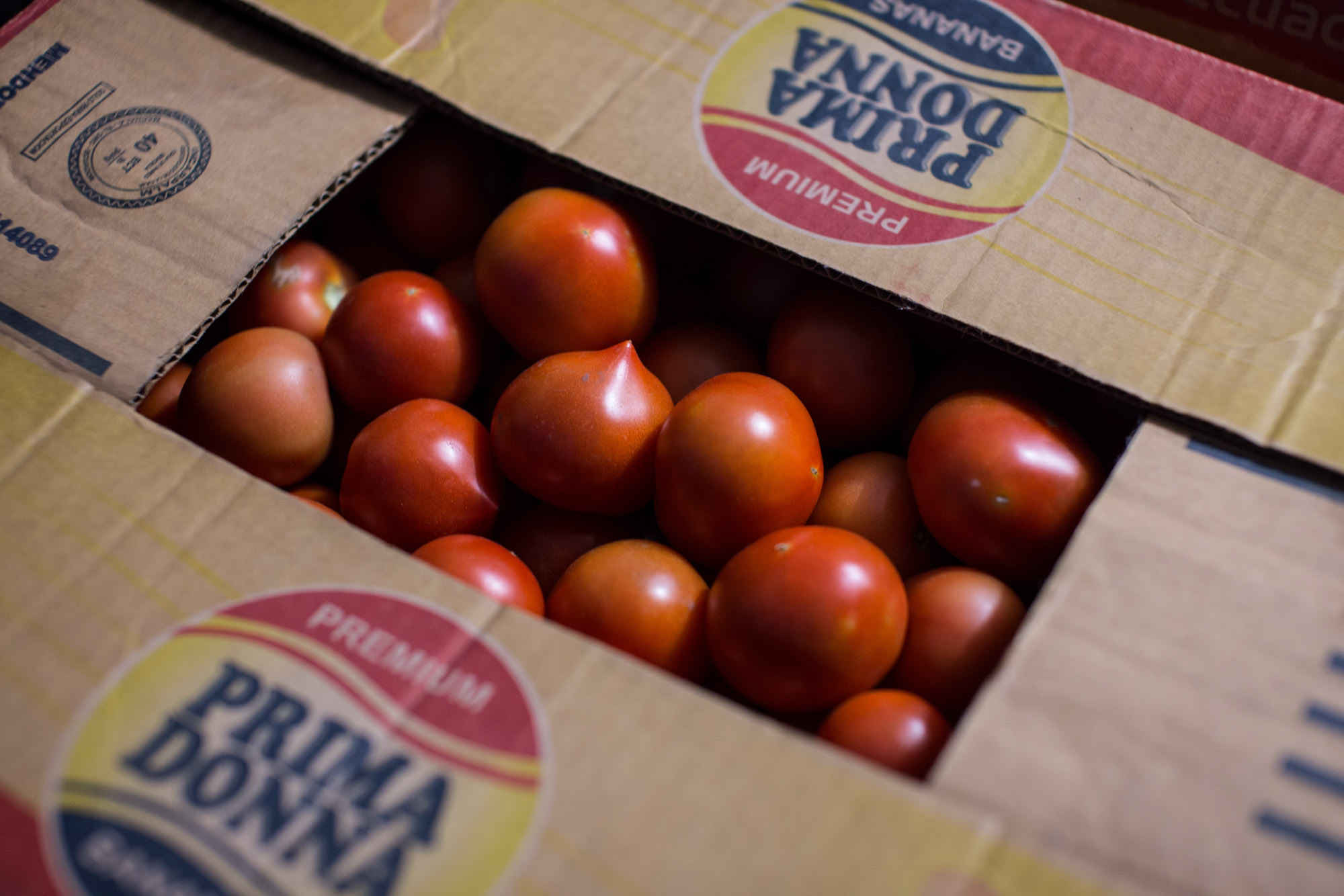
In Utkonosivka, they collect harvest according to such seasonal calendar: at first — early-ripening cabbage, then tomatoes and late-ripening cucumbers. There are families that grow only cucumbers, which are considered to be more demanding of weather conditions, comparing to tomatoes and, all the more so, cabbage. At the temperature below +14°C they can catch a disease and fade away.
Halyna says she is not going to change her occupation. Some of her fellow villagers have tried to grow strawberries or potatoes, but, as she says, she is already kin on dealing with tomatoes. Sure, it requires hard work and care, but the reward is worth it.
Supermarkets rarely buy tomatoes from Utkonosivka, taking into account the fact that the villagers sell their products by ton, and outlets usually need only up to 100 kg. It is mostly about private minibuses that come to Utkonosivka, buy wholesale and then go to Vinnytsia, Khmelnytskyi, Bila Tserkva, etc.
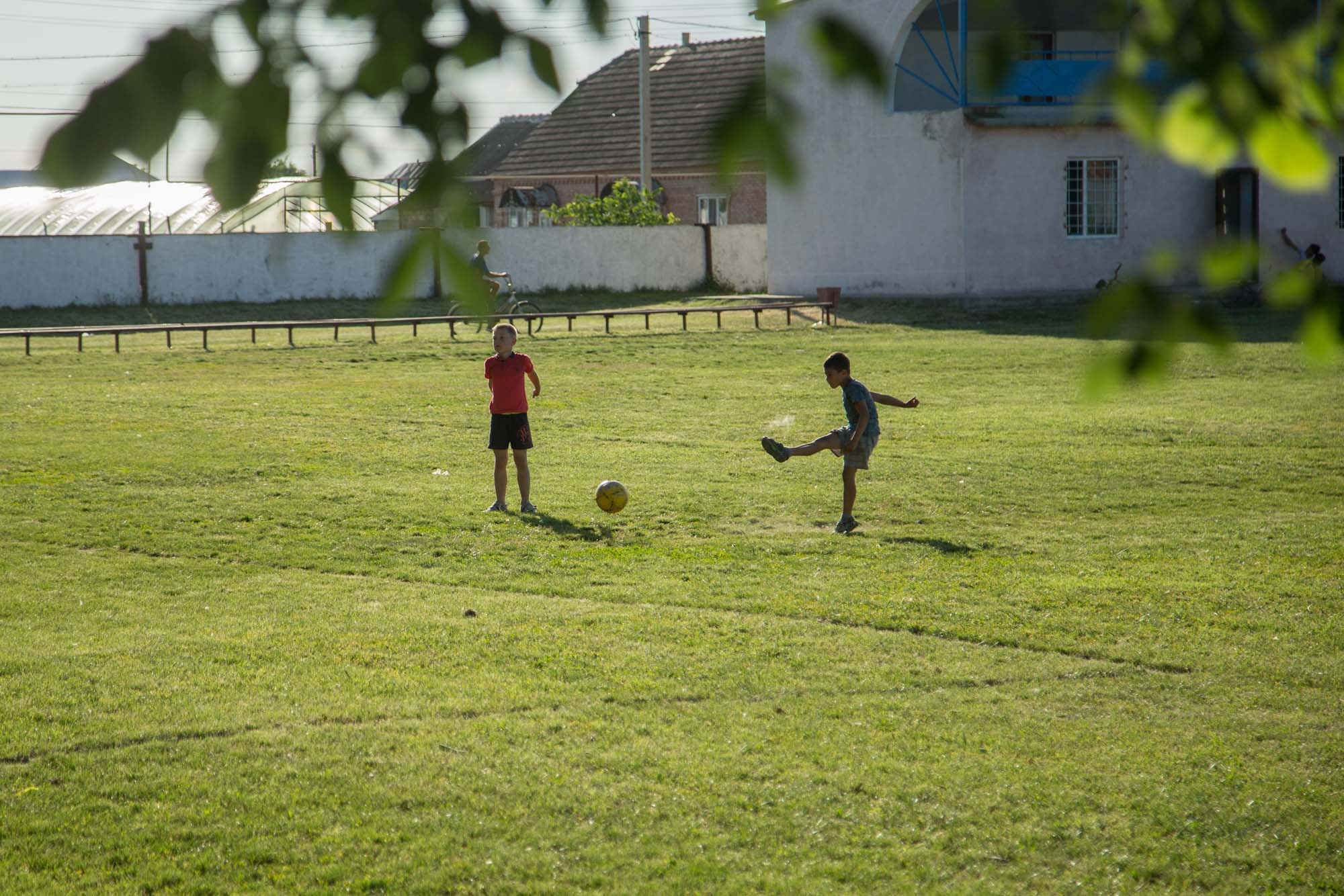
t is not reasonable to go to Moldova, as it would require fuel expenses, going through two customs — Moldovan and Ukrainian. A trip to Odesa pays off in a shorter time:
— Previously, in the ‘80s, we used to go to Bendery, Tiraspol, Chisinau and Cahul. Back then, we had our own small cars and put tomatoes into the small butter-boxes 12-13 kg each. In those time, no one would plant as much as we do today.
— I remember how my parents used to take suitcases to sell goods. They would put tomatoes into suitcases and transport them in such a way.
According to what Halyna said, there are not many insulated households — their number does not exceed 50. The others grow plants without insulation.
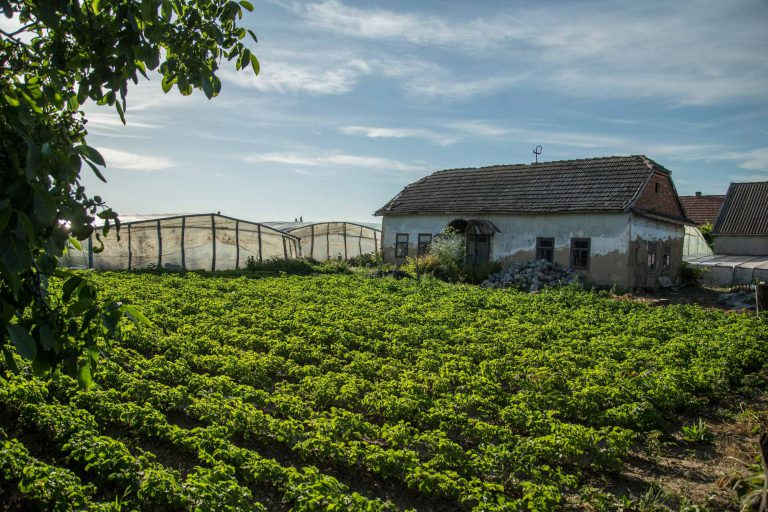
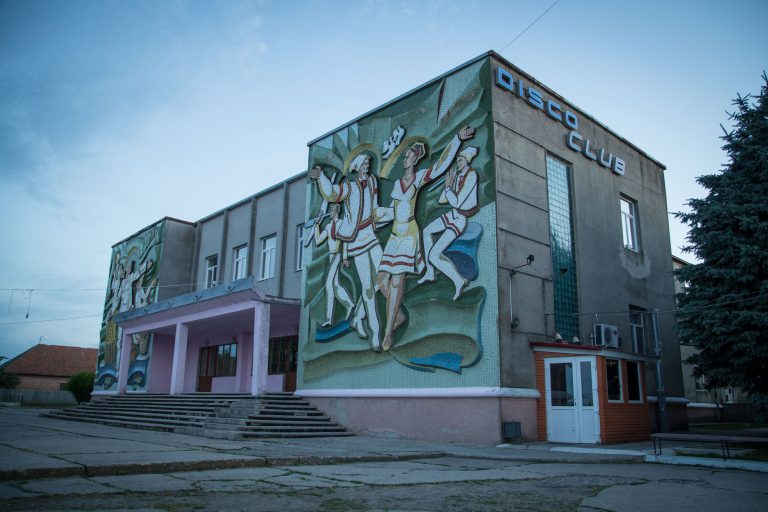
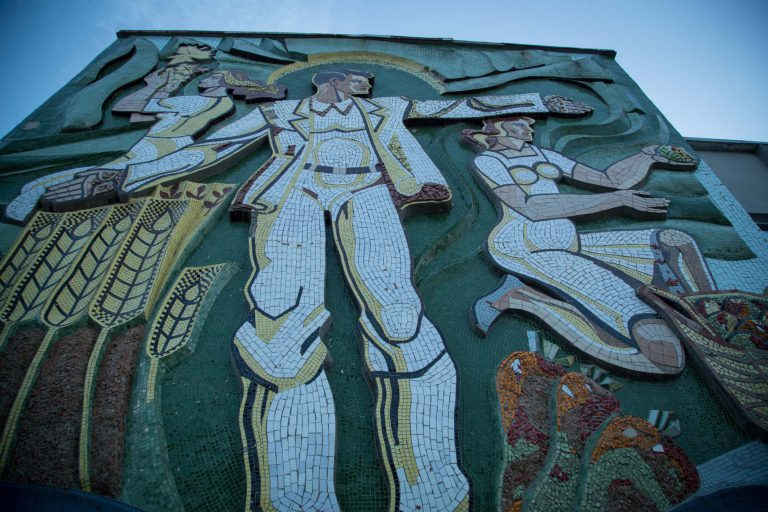
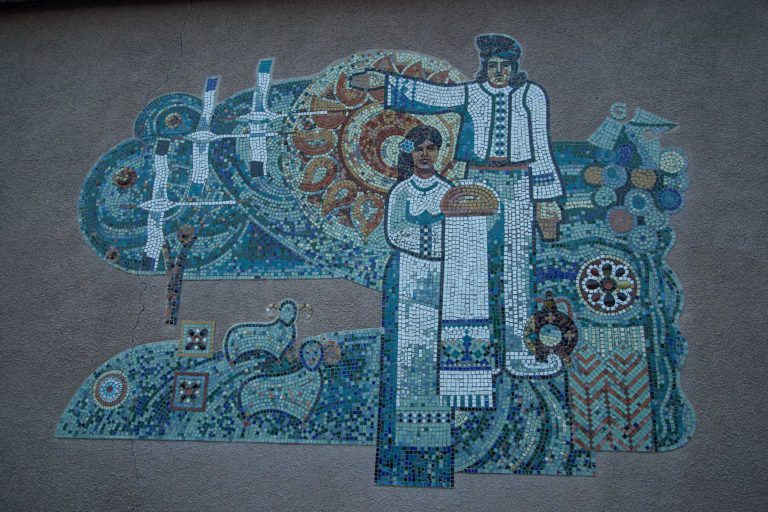
slideshow
Halyna believes Utkonosivka to be a Moldovan village. People speak mostly Moldovan, and the language used in school is also Moldvan, even though there are Ukrainian classes. A couple of months after this interview, in September 2017, a new Law of Ukraine “On Education” came into effect, which claims that state language, namely Ukrainian, shall be considered the language of studying process in educational establishments.
— Residents of Utkonosivka see themselves as Moldovans who live in Ukraine. Moldovan is their mother tongue, but Ukraine is a state; it is a homeland.
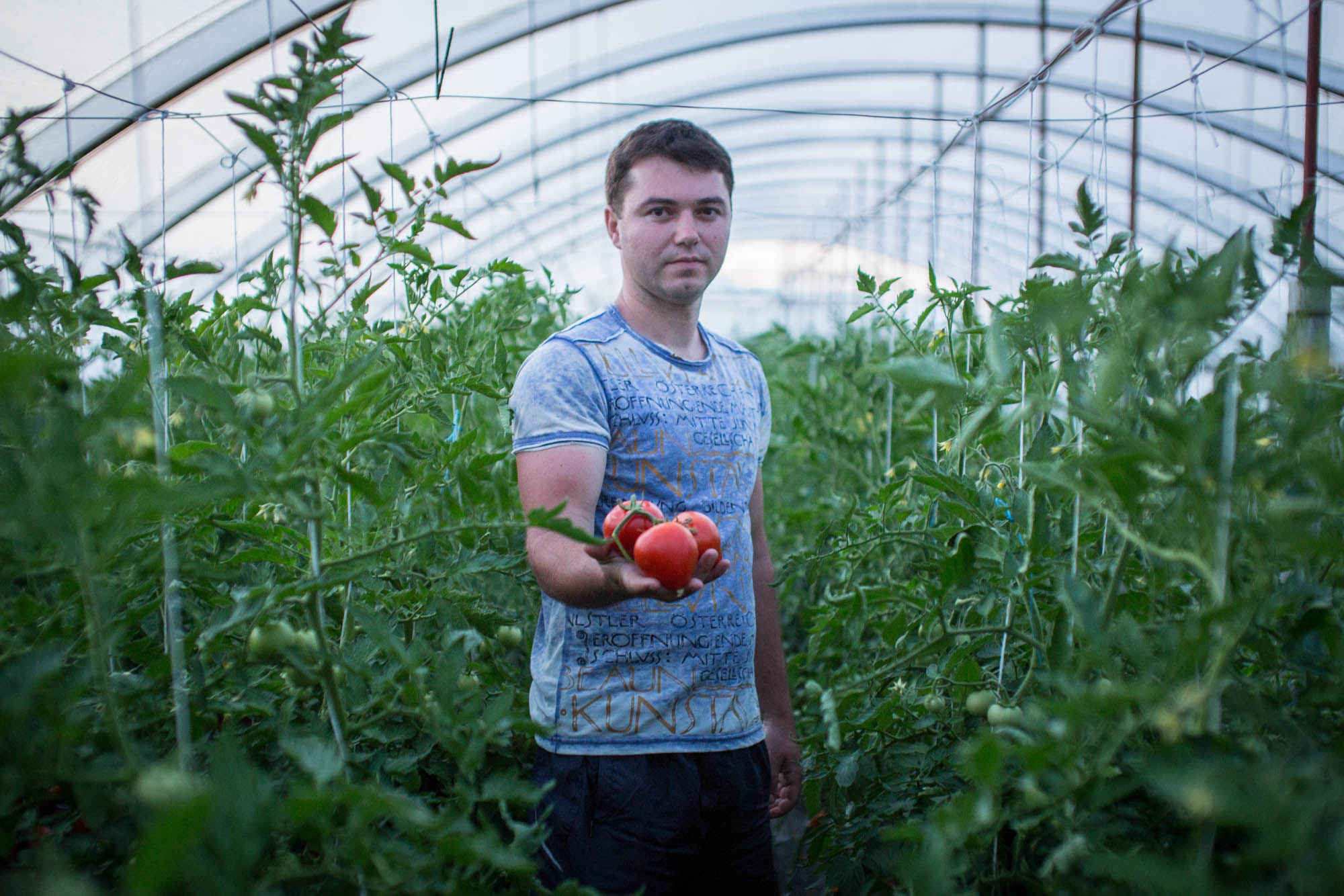
Oleksandr
Oleksandr Herhyshan leads Ukraїner team to his house with a “Model house” sign on it:
— On the Utkonosivka Day (village day celebration) which falls on November 21, our community centre awards such signs to people whose house and courtyard are clean and in order.
Oleksandr’s family grows 7,5 thousand tomato bushes; for the secondary turnover they grow cucumber. For many people in the village, this is not their primary job. For instance, Oleksandr works as a lawyer in the village council, but handling vegetables requires more time. If you fail to take care of it, there will be no harvest.
Initially, Oleksandr’s grandfather and grandmother would grow only 500 tomato bushes for their personal use. Then they figured they could not consume so much; for this reason, they started to travel across the CIS states to sell it.
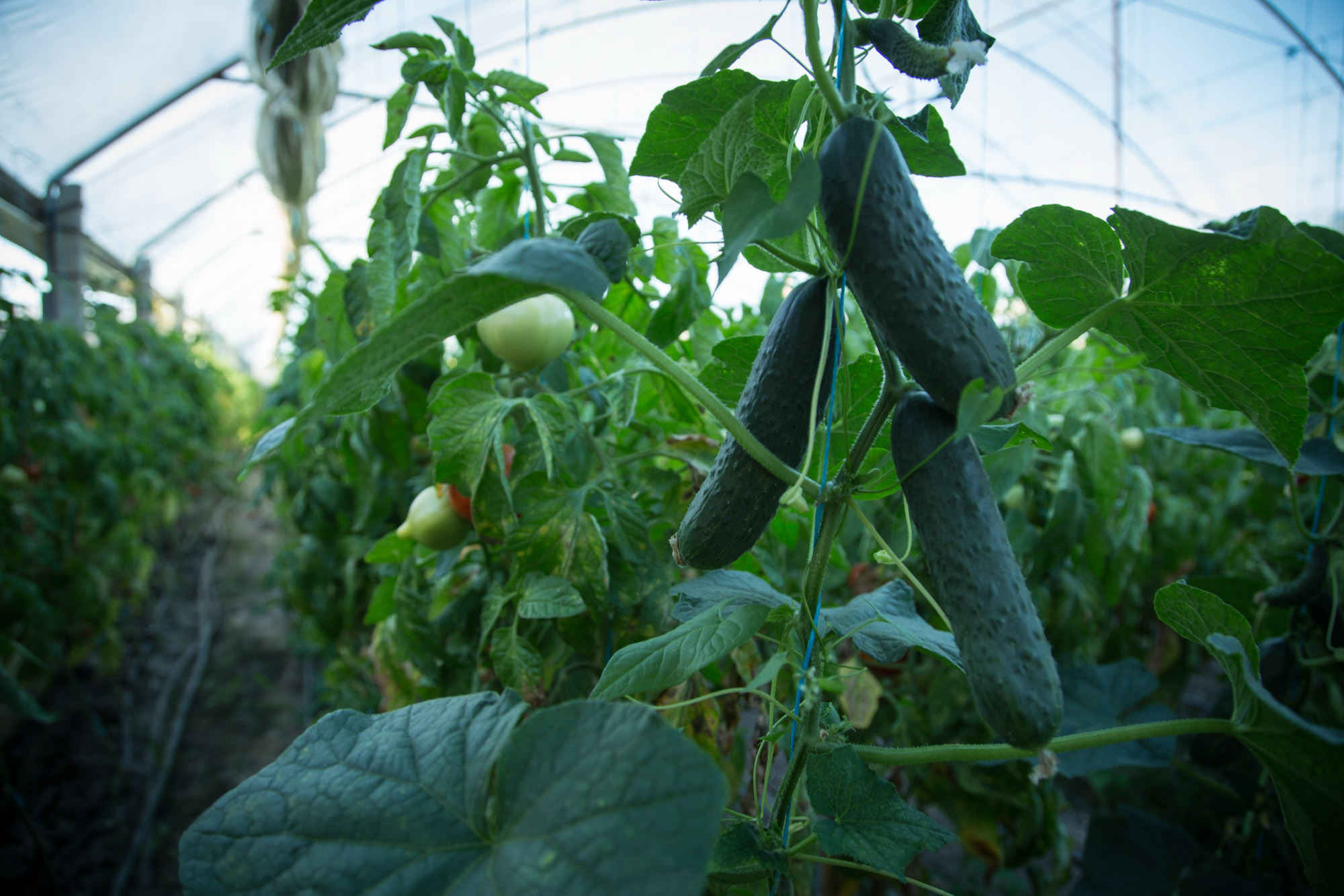
Oleksandr has been growing tomatoes since childhood, just like his parents, partly because he needs to make a living and partly because he sees it as his hobby:
— I work for the whole year. Starting from October, we bring soil for the seedlings, fill in the cages where we will sow the seeds. Then we begin with heating. We grow seedlings and plant them in March.
Oleksandr explained that to sell tomatoes to the supermarket one needs to agree on continuous supply. In this case, the weather may interfere and tomatoes will ripen either too early or too late. Besides, outlets tend to purchase Turkish tomatoes, because they are cheaper.
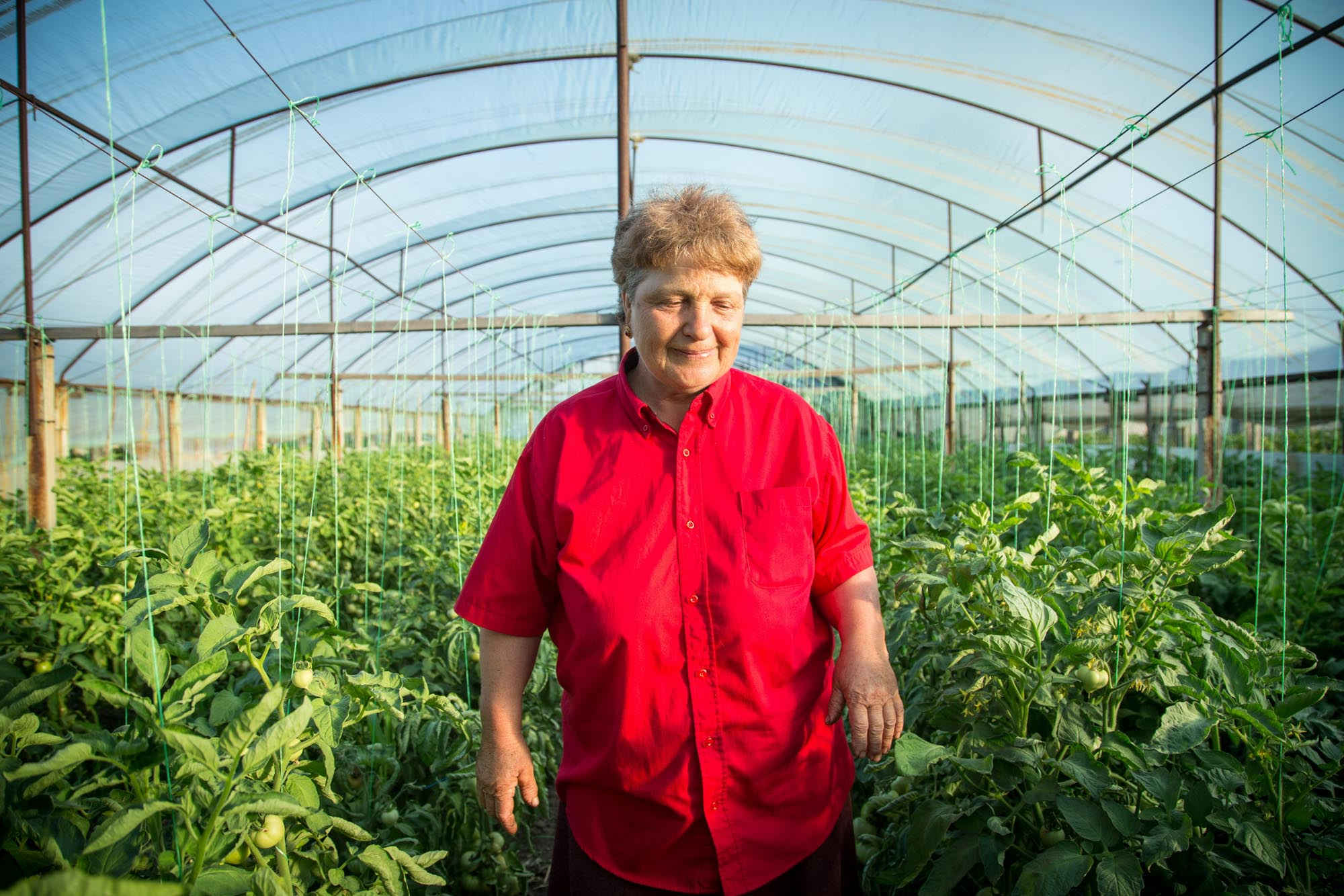
Yevheniia
Yevheniia Kiru explained how growing tomatoes with heating differs from non-heating approach. In both cases, one can collect two harvests, but with heating one can collect first tomatoes earlier and sell them at higher price. It covers additional expenses (i.e. coal). Moreover, the owners of kitchen-gardens with heating spend more time and efforts on care.
Yehveniia and her husband Oleksandr own 3 thousand tomato bushes. As both of them are retired seniors, it is not easy to manage it all, but their daughters come from Moldova in summer to help.
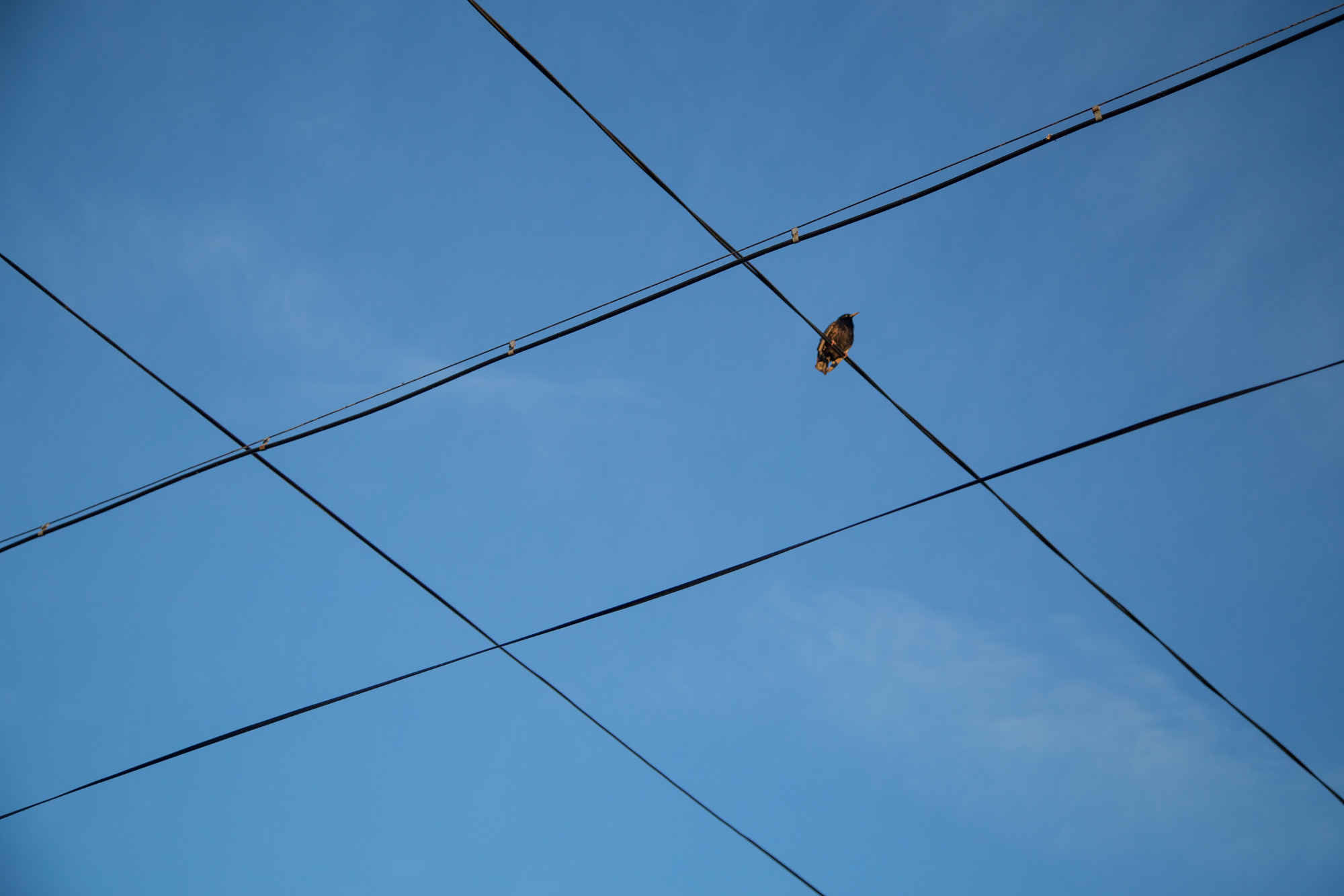
Previously, they would go to Odesa to sell tomatoes, but now they deal only with the private buyers who come twice per week:
— They come here with cars from all over Ukraine. It is very nice. Today I handed in 300 kg for 20 hryvnias each. At the selling sport, they sell them for 25-27 hryvnias. It covers transport, fuel and market expenses.
Yevheniia and her husband studied together in Chisinau. They could have stayed and worked there, but they moved to village:
— Thank God! You know, it is a hard work, but I feel thankful for that. If it were not for the kitchen-garden, we would not have money to pay for medical treatment, community facilities, and food. We receive pension, but it wouldn’t have been enough. In our case, I guess, everyone is thankful for having the kitchen-garden.
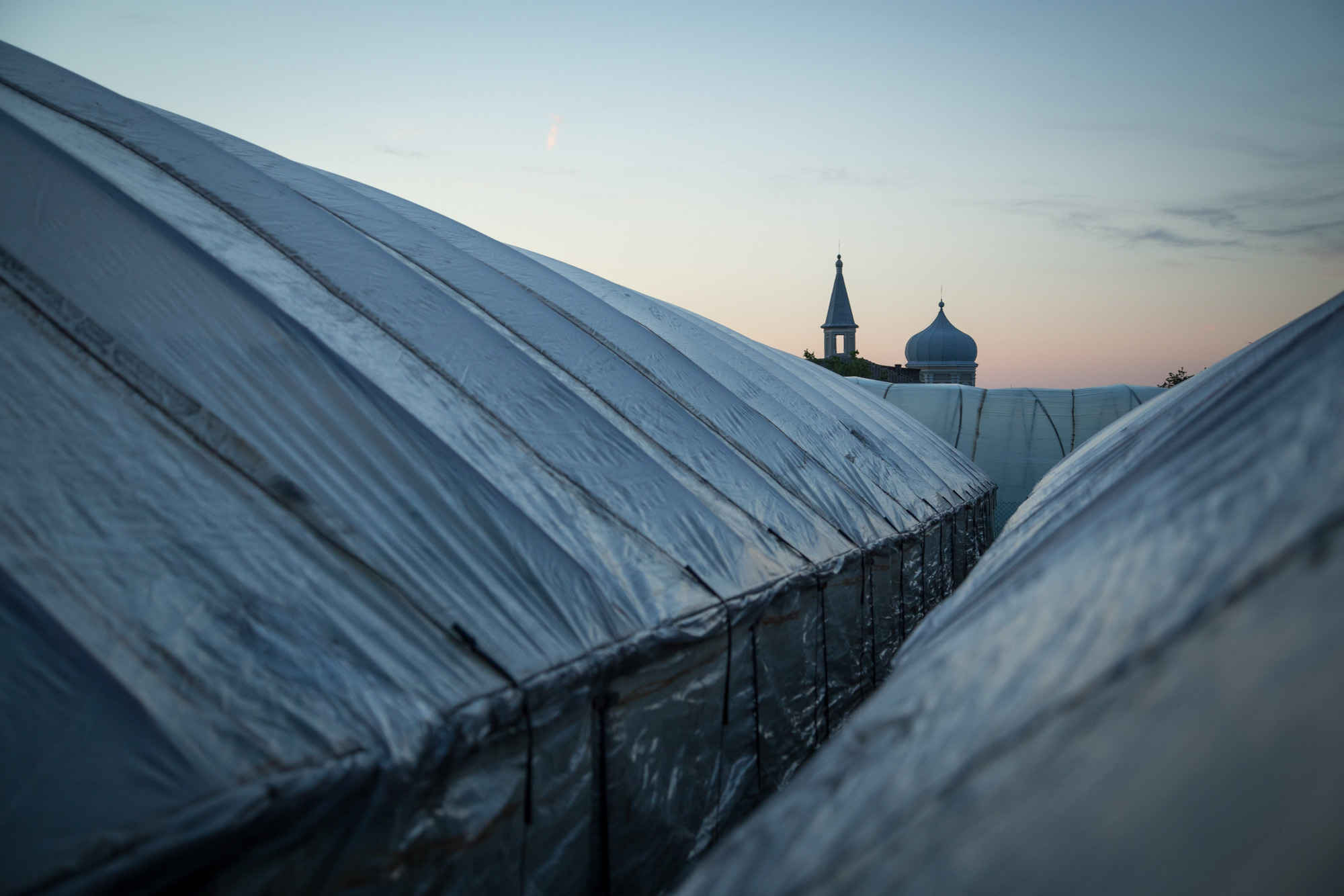
Yevhenia told that there used to be a variety test agency in the village. They would receive seeds of different crops and define which kind is more suitable for this area. Now this agency is closed, but the tests must be conducted every year:
— I haven’t stopped testing, because we have connections with Tiraspol and they send us seeds from there. We plant 5-10 kinds and define which is more suitable for our village. Four or five years ago we defined “Prymadonna” as the one. Before that, there were “Soiuz”, “Ranok”, and “Supernova” from Mykolaiv.
The tomatoes in Utkonosivka are watered twice per week. Water supply from the estuary in the village is centralized — there are a mechanic, electrician and two engine mechanics who turn on the pump. Yevheniia shows the water head:
— This is some good fresh water. People used to drink it. Now, everyone has a water borehole of 25-30 meters.
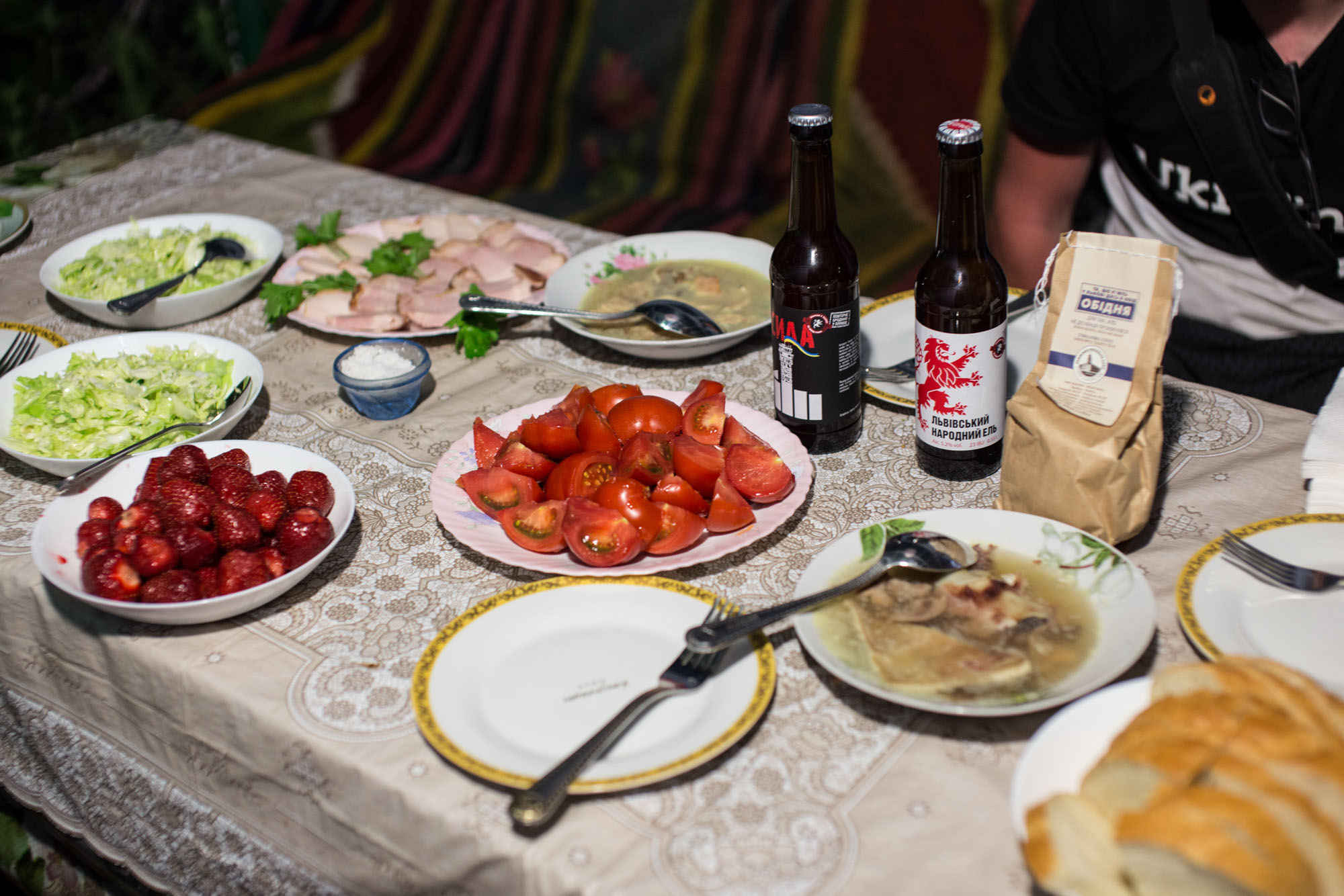
Yevheniia said she likes growing tomatoes, and even though vegetables cannot speak, she cares about them as if they were living creatures:
— When I enter the greenhouse in the morning I always say, “Good morning, tomatoes! How did you sleep? How are you? Do you need anything?” How can you do it otherwise? It is essential if you want them to grow well and to provide a good harvest. You expect goodness from vegetables and they understand you and grow well, not catching diseases.
How we shoot
In the vlog you will see our journey across the Izmail district. We started our day on Malyi Tataru island and ended up in marvellous Utkonosivka.

